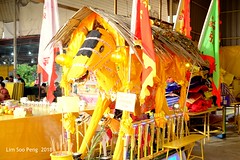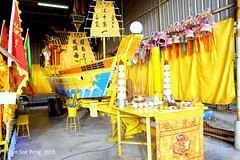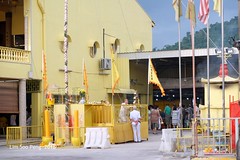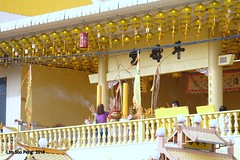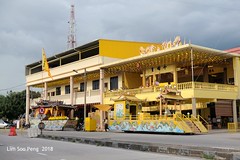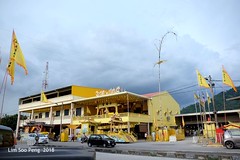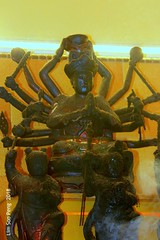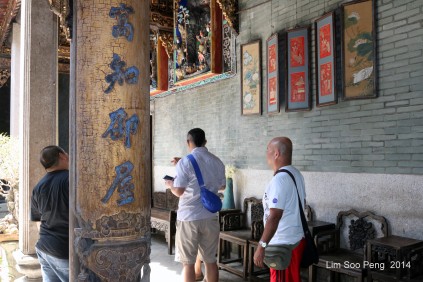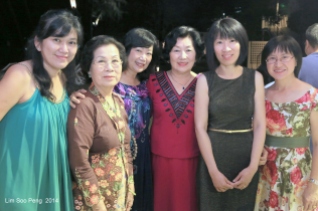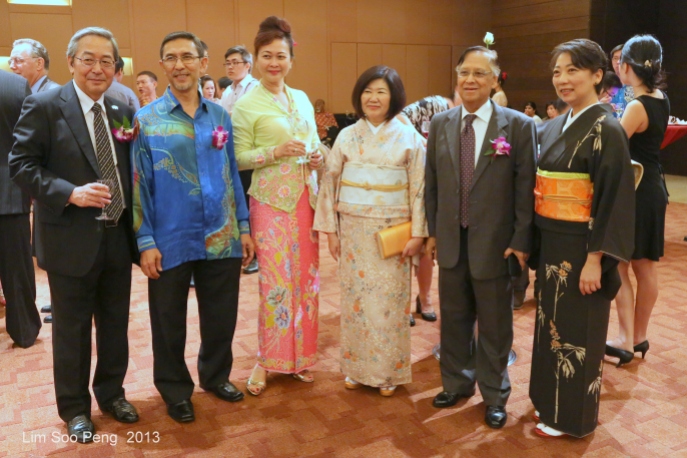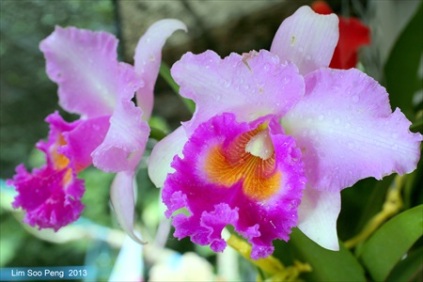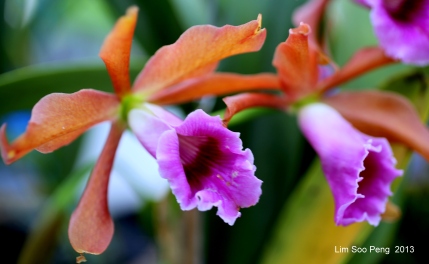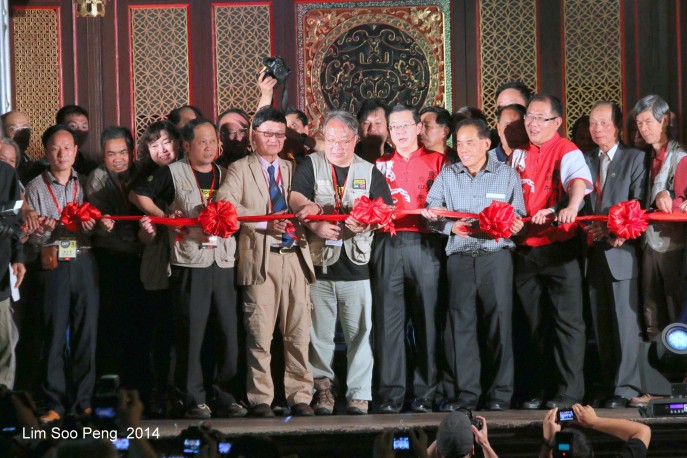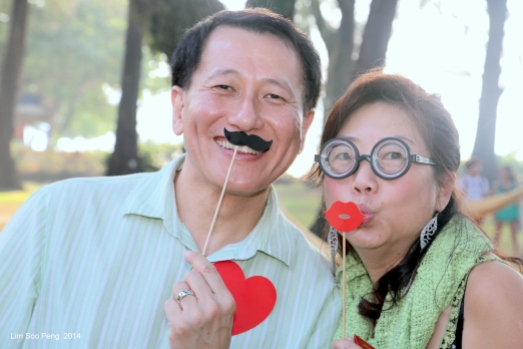From the Wikipedia:-
Quanzhou (Chinese: 泉州; pinyin: Quánzhōu; Wade–Giles: Ch’üan2-chou1; Pe̍h-ōe-jī: Chôan-chiu) is a prefecture-level city in Fujian province, People’s Republic of China. It borders all other prefecture-level cities in Fujian but two (Ningde and Nanping) and faces the Taiwan Strait. In older English works, its name may appear as Chinchew or Chinchu or Zayton.
The prefecture-level city of Quanzhou has an area of 11,245 km² and, as of 2010 Census, a population of 8,128,530 inhabitants.[2]. It’s built up area (Metro) is home to 6,070,617 inhabitants encompassing Licheng, Fengze, Luojiang urban districts ; Jinjiang, Nan’an and Shishi cities ; Hui’an county and Quanzhou District for Taiwanese Investment. Quanzhou is now the 12th Chinese agglomeration based on built up area in 2010.
History
Quanzhou was established in 718 during the Tang Dynasty (618–907). In those days, Guangzhou was China’s greatest seaport, but this status would be surpassed later by Quanzhou. During the Song Dynasty (960–1279) and Yuan Dynasty (1279–1368), Quanzhou was one of the world’s largest seaports, hosting a large community of foreign-born inhabitants from across the Eurasian world.
Due to its reputation, Quanzhou has been called the starting point of the Silk Road via the sea. From the Arabic name form of the city, Zayton, the word satin would be minted.[3] In The Travels of Marco Polo, Quanzhou (called Zayton, T’swan-Chau or Chin-Cheu) was listed as the departure point for Marco Polo’s expedition to escort the 17-year-old Mongol princess bride Kököchin to her new husband in the Persian Ilkhanate. In 1357 however a military revolt by the local Persian militia led to a ten-year rebellion that resulted in large civilian casualties in Quanzhou.
Of the Chinese Li family in Quanzhou, Li Nu, the son of Li Lu, visited Hormuz in Persia in 1376, converted to Islam, married a Persian girl and brought her back to Quanzhou. Li Nu was the ancestor of the Ming Dynasty reformer Li Chih.[4][5][6]
Quanzhou was an important port in Yuan dynasty, for example Mongol invasion of Java during the reign of Kubilai Khan sailed from this port.[7]
Quanzhou Overseas Relations Museum preserves a number of relics related to the Quanzhou’s era as a major seaport. A particularly important exhibit is the so-called Quanzhou ship, a sea-going junk that sunk some time after 1272, and was recovered in 1973–74.[8] Quanzhou is a city has a long history and rich culture. It also has many religions, people believe in different religions from various countries came to Quanzhou in ancient time, especially during Song and Yuan Dynasty. Religions like Christianity, Islam, Buddhism, Taoism etc. can be seen here, you can visit different places of interest about these religion in Quanzhou city. It was elected as “Ten Most Charm City in China”in 2004 by CCTV china’s first charm city selected activities.
Quanzhou is also a migration source of many Overseas Chinese living in South East Asia and to Taiwan during the last couple of centuries.There are about 6million people whose ancestory come from Quanzhou now live abroad.Most of them live in southeast Asia,countries like Singapore,Philippine,Malaysia,Indonesia,Thailand etc.There are also about 0.6million Quanzhou people live in Hongkong now.
[edit] DialectLocal people speak a variant of Hokkien which is similar to Amoy and Taiwanese. In Mandarin Chinese this dialect is called “Minnan Hua”, which can be translated as “the language of South Fujian”. It is essentially the same dialect spoken in Xiamen and Zhangzhou, and it bears little similarity with the official Chinese Mandarin. Many overseas Chinese whose ancestors came from the Quanzhou area, especially those in southeast Asia, often speak mainly Hokkien at home.

